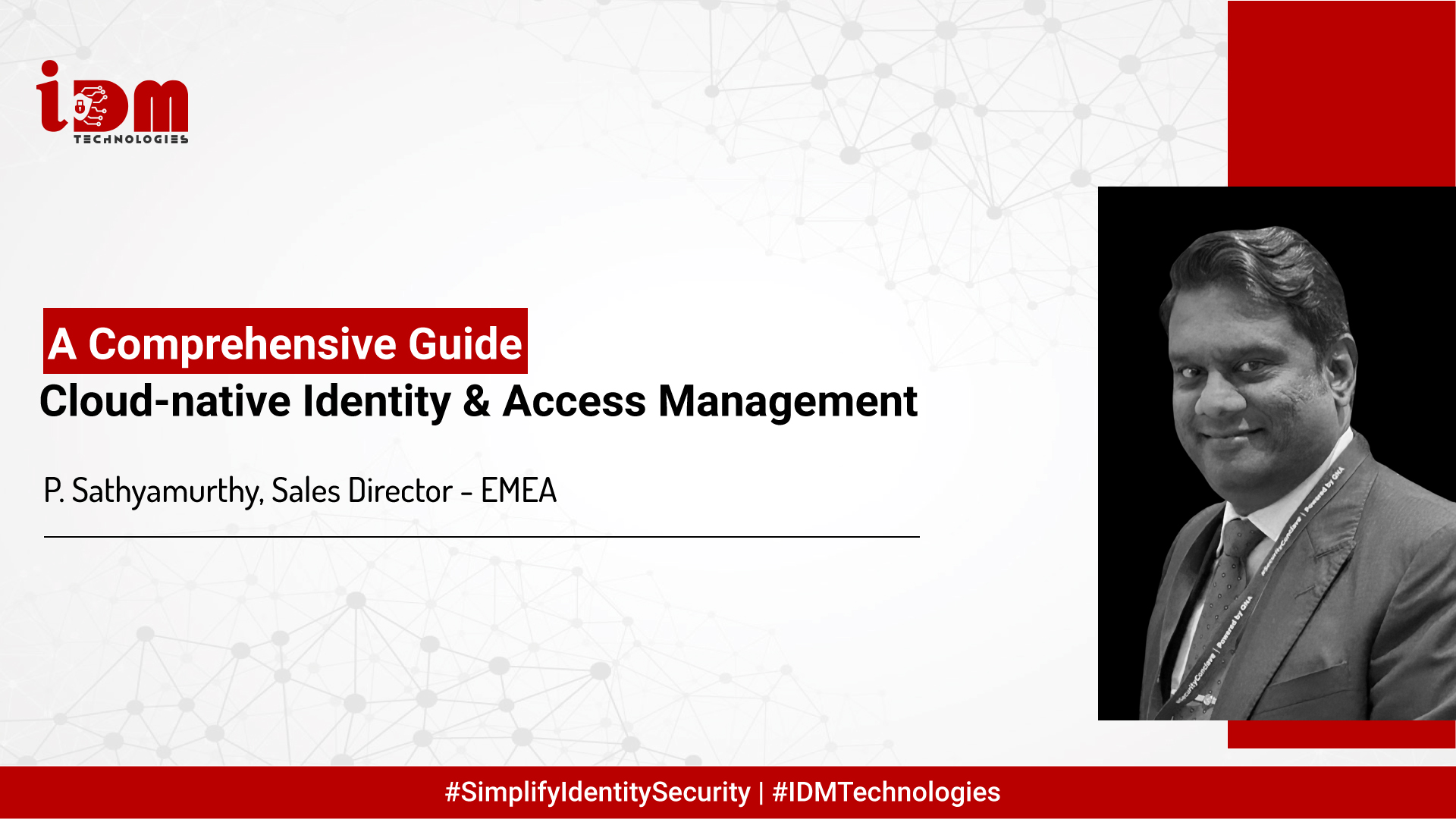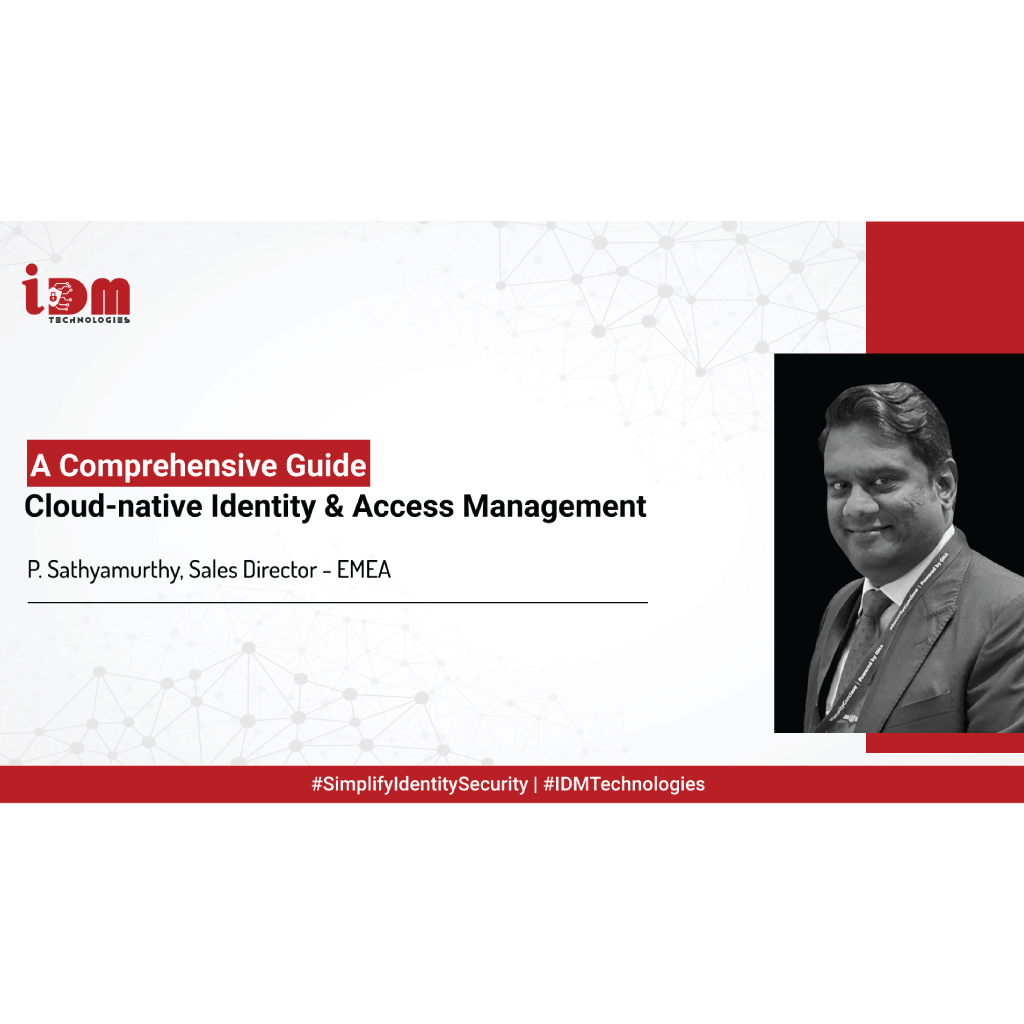
In today’s rapidly evolving digital landscape, organizations increasingly adopt Cloud-native architectures to drive innovation, scalability, and agility. However, with the adoption of Cloud-native technologies comes the critical need for robust Identity & Access Management (IAM) solutions. In this comprehensive guide, we delve into the nuances of Cloud-native IAM, its importance, challenges, best practices, and emerging trends.

In today’s rapidly evolving digital landscape, organizations increasingly adopt Cloud-native architectures to drive innovation, scalability, and agility. However, with the adoption of Cloud-native technologies comes the critical need for robust Identity & Access Management (IAM) solutions. In this comprehensive guide, we delve into the nuances of Cloud-native IAM, its importance, challenges, best practices, and emerging trends.
Cloud-native IAM refers to the set of policies, processes, and technologies designed to manage and secure identities, permissions, and access within Cloud-native environments. Unlike traditional IAM approaches that primarily focus on on-premises systems, Cloud-native IAM solutions are tailored to address the unique challenges of dynamic, distributed cloud infrastructures.
Cloud-native IAM is critical to modern cybersecurity strategies, enabling organizations to secure their cloud environments, protect sensitive data, and ensure compliance. By adopting best practices, addressing implementation challenges, and staying abreast of emerging trends, organizations can harness the full potential of Cloud-native IAM to bolster security posture, enhance user experience, and drive digital transformation securely.
This blog aims to provide insights into Cloud-native Identity & Access Management (IAM), its significance, challenges, best practices, and emerging trends. It is tailored for organizations and cybersecurity professionals seeking to enhance their understanding of Cloud-native IAM and implement effective IAM strategies in cloud environments.
Our experts will be in touch with you shortly.